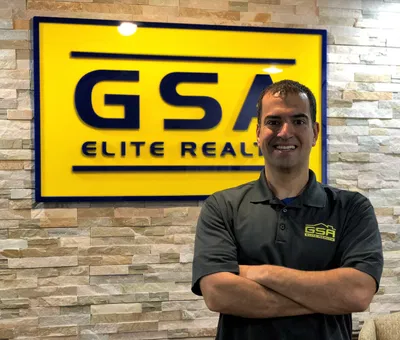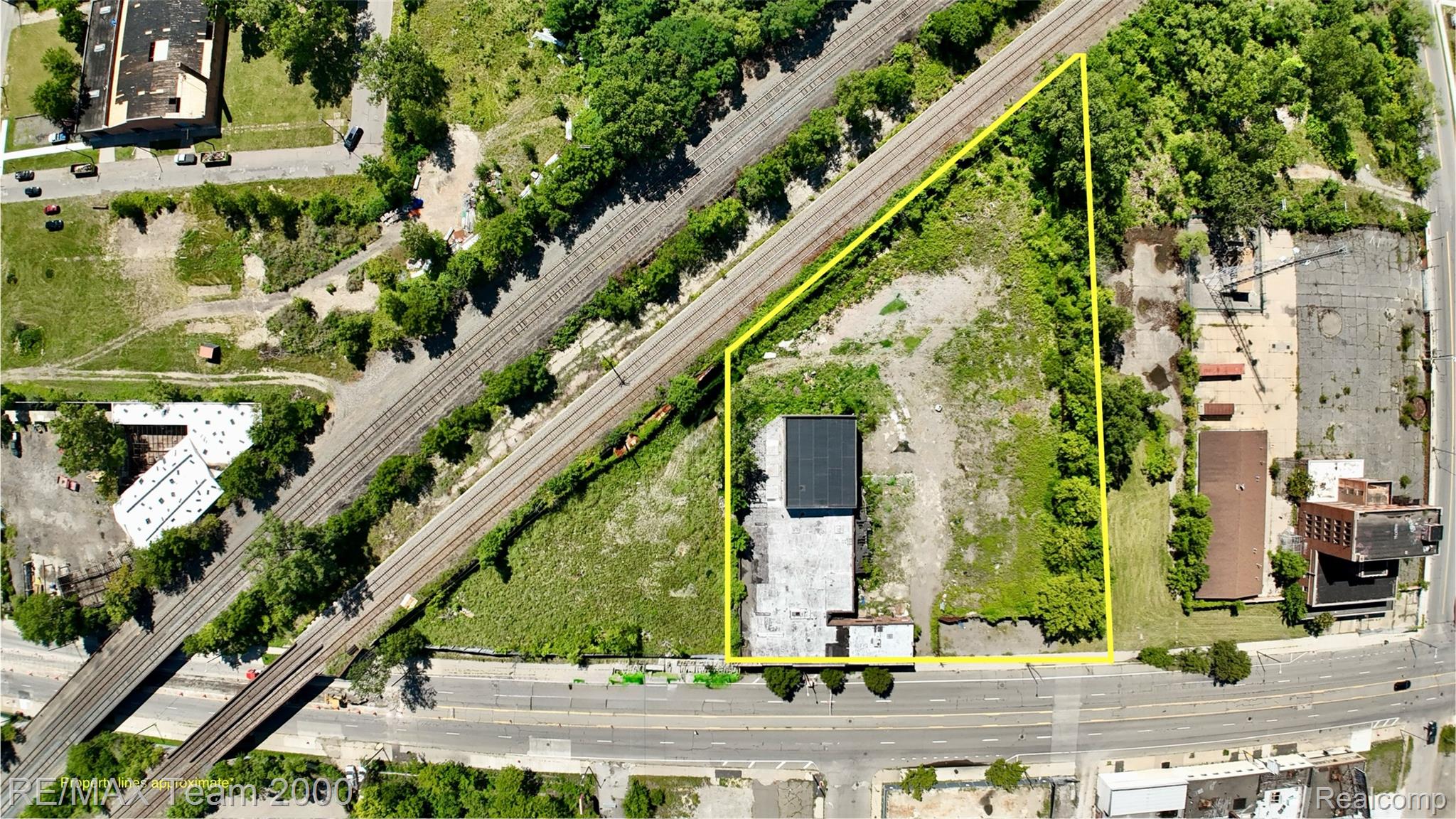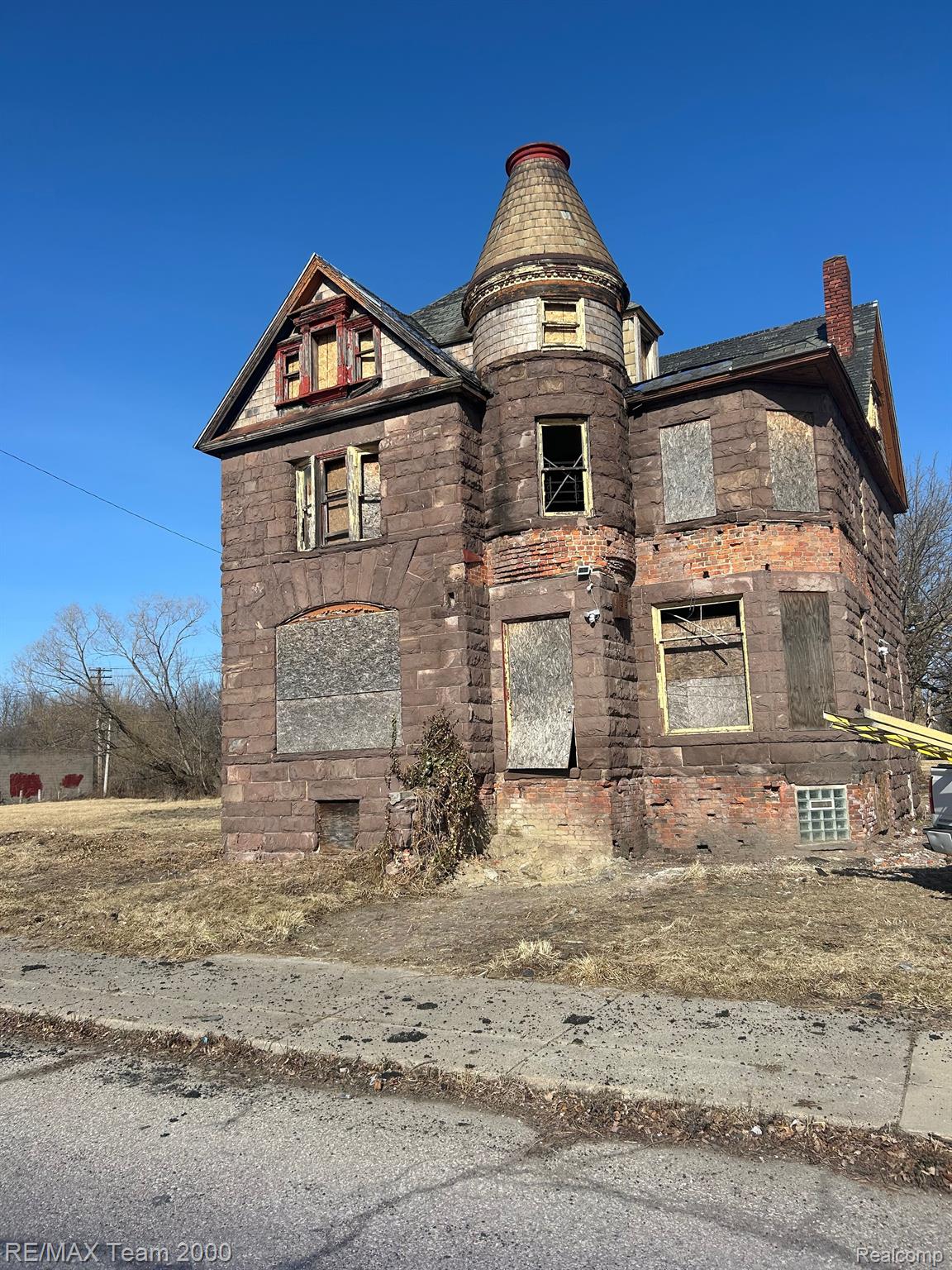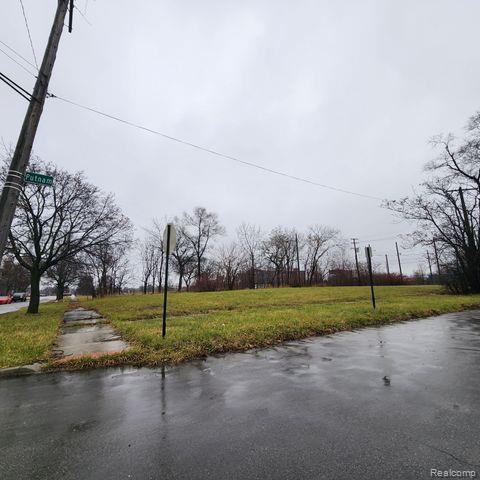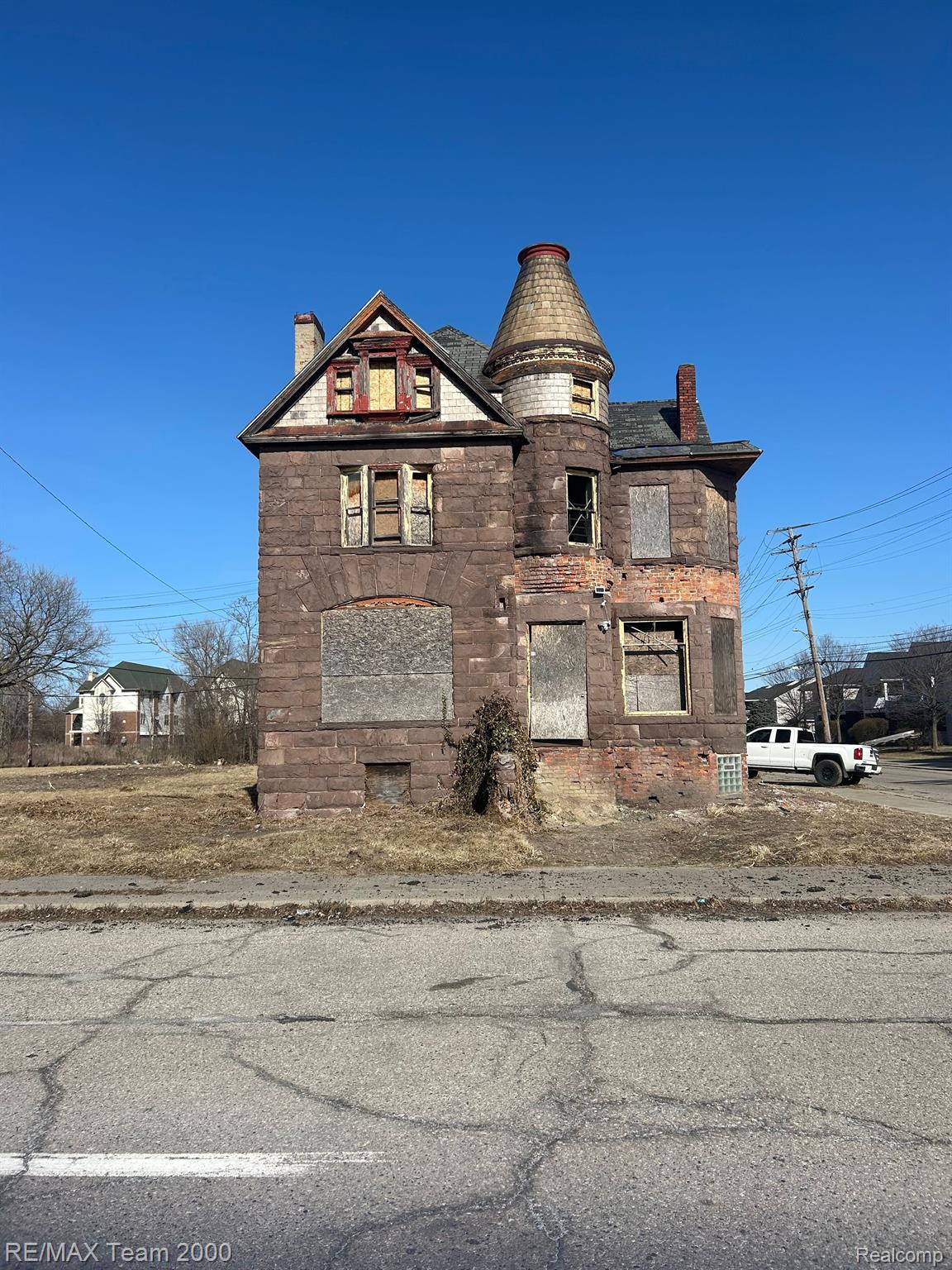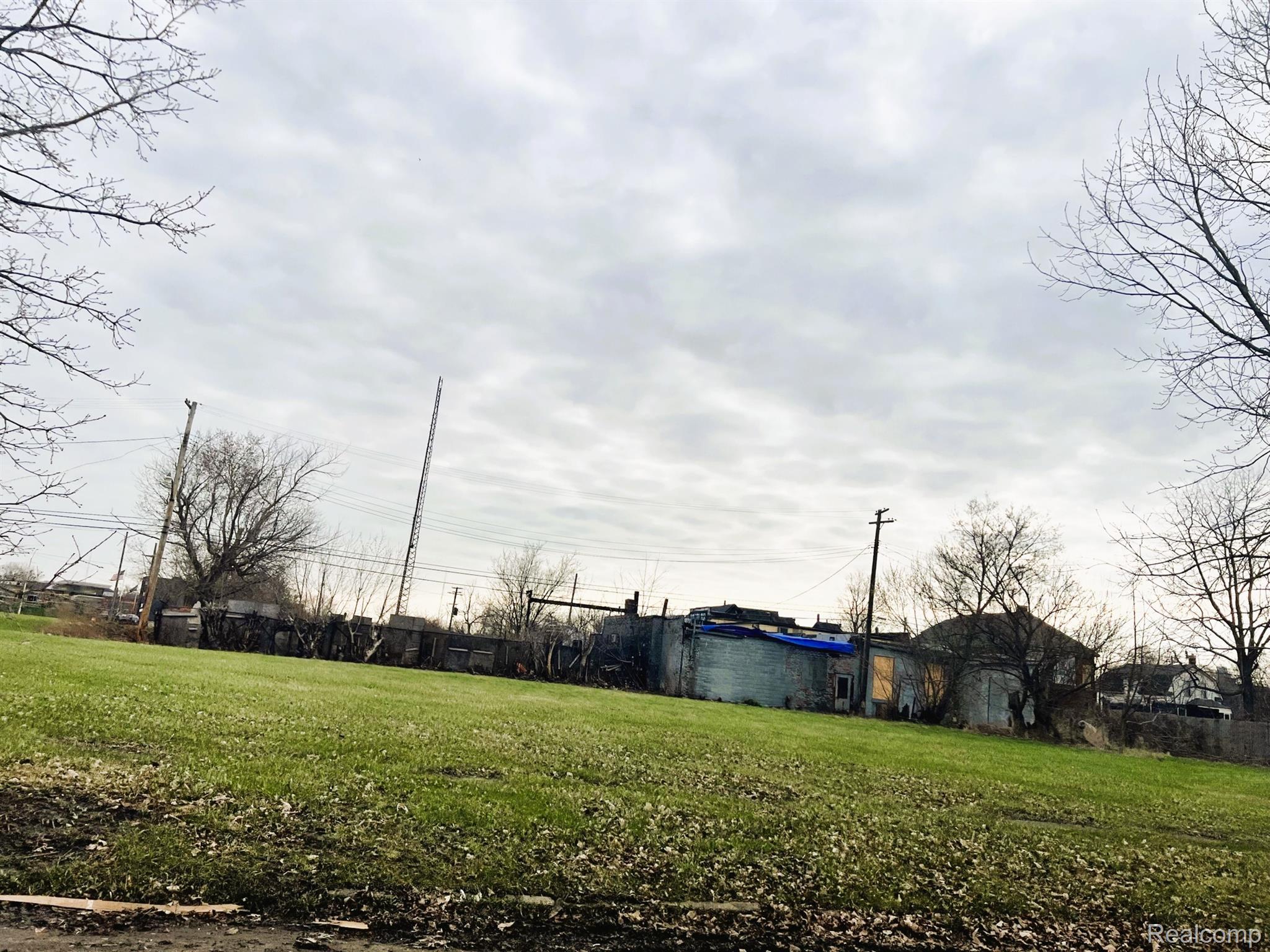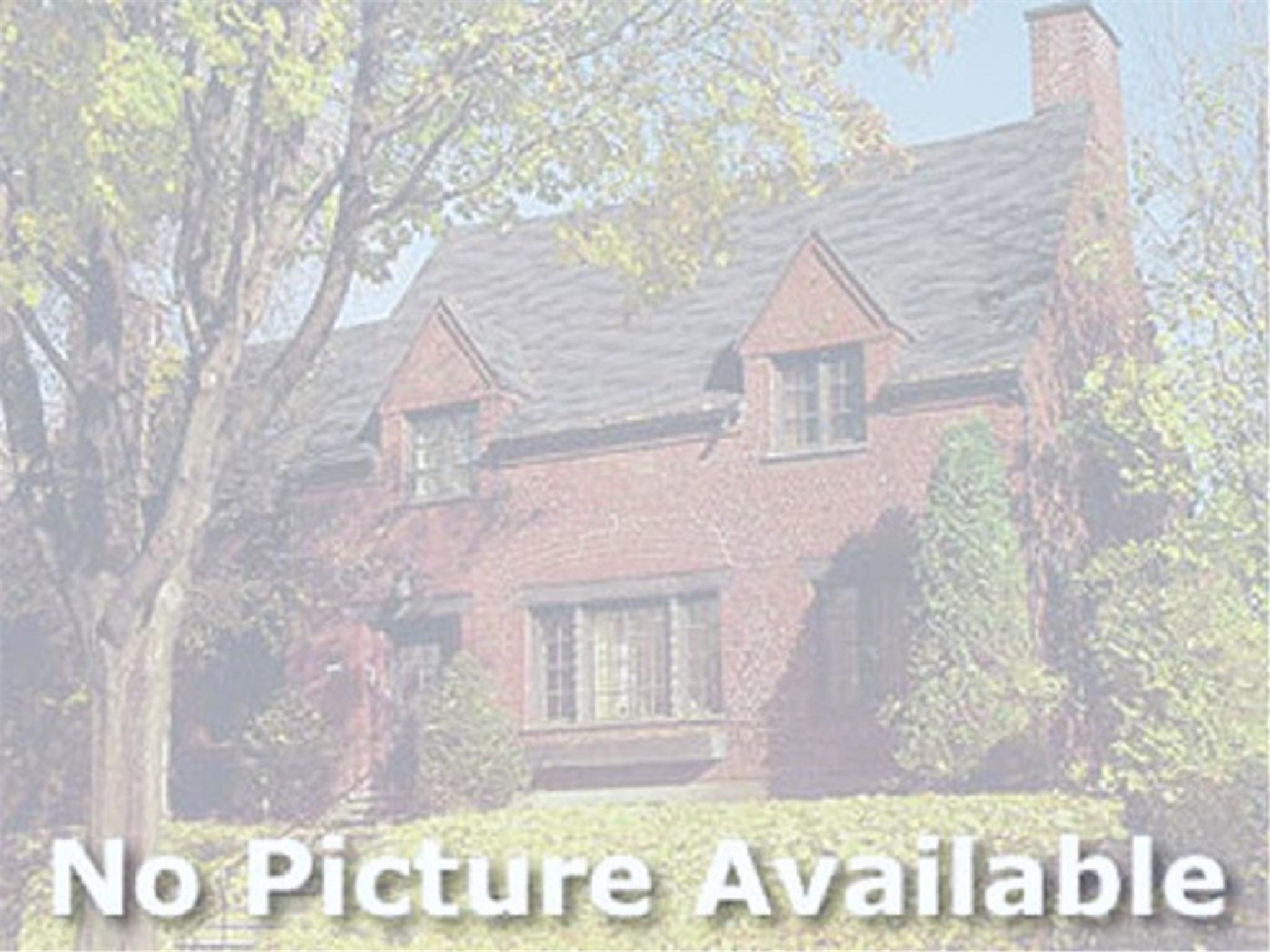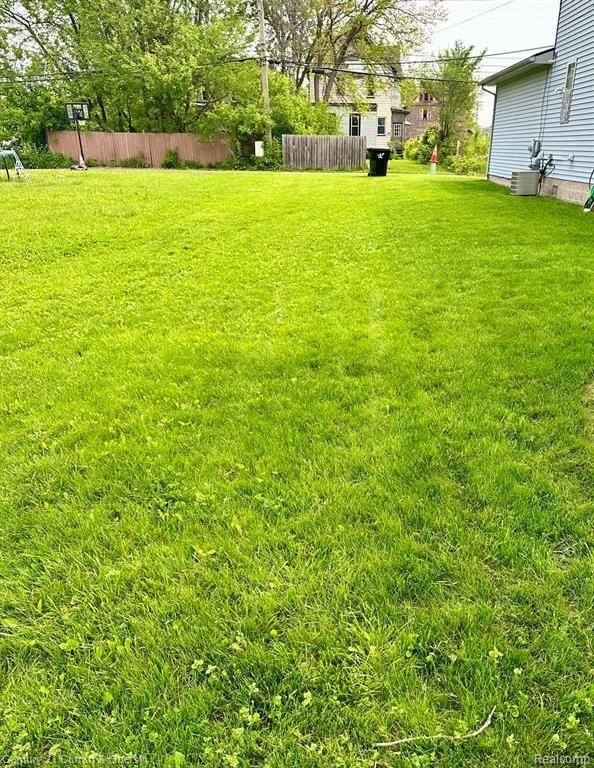
Core City
Suburban Neighborhood in Detroit, Michigan
Wayne County 48208
A Neighborhood Grade
8.9 Neighborhood Score
$140,368
Average Value
$167
Average Price per Sq Ft
A Patchwork of Potential in District 6
Within ZIP code 48208 and situated in District 6, Core City is one of Detroit’s most quietly compelling neighborhoods – a unique hybrid of grit and promise, vacancy and vision.
While it does not announce itself loudly like Corktown or Midtown does, that isn’t to say it doesn’t have its bright spots.
Bounded by Grand River Avenue, Martin Luther King Jr. and West Warren, Core City’s landscape is better defined by what’s missing than what’s left.
Here, empty lots, industrial relics and graffiti-splashed walls coexist alongside designer townhomes, urban gardens, and experimental architecture, affording those with big imaginations the perfect blank canvas to build back something great.
Right Between What Was and What Could Be
Core City is an area best known for its toughness and authenticity.
Long forgotten by its neighbors, 48208 is reclaiming its identity from neglect with one foot in its working-class past and the other rooted in a future being drafted by artists, developers, and longtime Detroiters alongside community groups fighting to keep the spirit that used to live there alive.
From $2,500 lots to $382,000 homes, Core City has a housing market at both extremes – and that’s what makes the area so fascinating.
Older, often unfinished homes still list for around $100,000 on quieter residential streets like 14th Street or Scotten, while some modern new-build townhomes (part of infill projects and design-forward developments) are pushing values even higher – often selling for $300,000 to $382,750.
History Meets New Design in the 48208 Zip Code
The roots of Core City are blue-collar.
Like much of District 6, its early 20th-century identity was rooted in factory life and freight railroads.
However, as the neighborhood slowly got gentrified and fell further into disrepair, Core City became a lot more experimental.
Architects like Prince Concepts have created spaces like True North – quonset hut style live/work units for modern artists and entrepreneurs, while nearby art collectives and designers have taken over derelict buildings, creating studios, galleries, and coworking spaces.
And still, among it all exist long-term families who have lived in Core City for decades and have weathered the city’s economic cycles with grace and determination.
Green Spaces and Creative Land Use
Although Core City has no traditional parkland like Palmer Park or Rouge Park, for what it lacks in manicured lawns it makes up for in creative land use:
Urban farms and community gardens have been built in and around abandoned parcels, providing fresh produce and green space for small outdoor gatherings.
True North courtyards and public art installations have become informal gathering and networking zones.
With community-led developments of empty lots set to become mini-soccer fields, sculpture gardens, or native pollinator habitats in the years to come.
Look elsewhere for perfect landscaping, but if you want adaptive reuse and grass roots, people-powered transformation – Core City is it.
Dining, Schooling, Shopping, and Everyday Life
While not a retail powerhouse as of yet, Core City is teetering on the edge of an exciting urban village development model that is hyperlocal at its core.
Main roads have taquerias and corner stores, while almost all grocery and essential shopping is done nearby in Corktown or New Center – though more options are appearing in the direct area as development spreads.
As far as education, Core City is served by the Detroit Public Schools Community District (DPSCD).
Though educational infrastructure has been something of a problem in the area, options include:
Douglass Academy for Young Men, Bennett Elementary School, Maybury Elementary School, Munger Elementary/Middle School, Earhart Elementary/Middle School, Southeastern High School, Western International High School, Mumford High School, Academy of the Americas, Cass Technical High School, the Detroit School of Arts, and Renaissance High School.
There are also a number of charter schools within driving distance, providing even more options for families seeking alternatives, as well as a converted school turned nonprofit, education, and entrepreneurship hub called Durfee Innovation Society, bringing much in the way of community resources.
Not only that, but community-run afterschool programs and mentorship spaces are beginning to appear more and more in Core City as the neighborhood’s population grows and diversifies.
Commuting in District 6: Location, Location, Location
Core City’s ace card is its location.
Because it is in District 6, it is at the natural crossroads of old and new Detroit:
Grand River and West Warren link Midtown, Downtown, and beyond.
Highly commuter-friendly, Core City is just minutes away from I-96 and M-10 (Lodge Freeway).
And bus routes – while limited compared to nearby Midtown – run along major corridors.
Safety, Community, and the Fragile Middle
Much of 48208 is still in flux – including the area’s relationship with safety.
Although certain legacy blocks still face blight issues like vacancies, illegal dumping, and under-policed zones, newer developments in the area are adding lighting, foot traffic, and private security to address such regressions.
Some residents have even started informal community patrols, neighborhood cleanups, and mutual aid drives – often coordinated via WhatsApp groups or church networks.
Core City: Detroit’s Experimental Frontier
Few places in Detroit blur the lines between past and future quite like Core City.
It’s an area where home prices range all over the map and neighbors knock on doors, share generators, and lend tools without blinking an eye – making it a rare zone of possibility backed by a strong and active community.
Here you’ll find stories written in brick, steel, murals, and soil, with artists, investors, builders, and dreamers all helping to shape Detroit’s bright next chapter.
Agents Specializing in this Area
Schools
No Schools found.
Transit
Airport
Windsor International
Bus
Grand River & Forest
Bus
Martin Luther King & Lawton
Bus
Warren & I-96 Service Dr
Bus
Grand River & Loraine
Bus
14th & Poplar
Bus
Rosa Parks & Magnolia
Bus
14th & Grand River
Crime and Safety
| 1 – Low Crime, 10 – High Crime | Core City | US |
|---|---|---|
| Homicide | 9 | 4 |
| Sexual Assault | 6 | 4 |
| Assault with Weapon | 7 | 4 |
| Robbery | 5 | 4 |
| Burglary | 5 | 4 |
| Motor Vehicle Theft | 5 | 4 |
| Larceny | 4 | 4 |
| Crime Score | 6 | 4 |
Source: WhatIsMyCrimeRisk.com
Core City Demographics and Home Trends
On average, homes in Core City, Detroit sell after 120 days on the market compared to the national average of 48 days. The median sale price for homes in Core City, Detroit over the last 12 months is $290,000, up 50% from the average home sale price over the previous 12 months.
Housing Trends
| Median List Price | Median Sale Price | Median Single Family Sale Price | Median Townhouse Sale Price |
| $249,999 | $290,000 | $120,000 | $400,450 |
| Median Change From 1st List Price | Last 12 months Home Sales | Median Home Sale Price YoY Change | Average Price Per Sq Ft |
| 0% | 7 | 50% | $167 |
Home Facts
| Number of Homes in Neighborhood | Median Year Built |
| 186 | 2 |
| Median Year Built | Months of Supply |
| 1900 | 3.40 |
| Avg. Single Family Home Size Sq Ft Below the national average | Average Townhouse Size Sq Ft |
| 1,401 1,937 | 3,484 |
Distribution of Home Values
Homes for Sale
See All Homes
Average Home Value
Property Mix – Square Feet
This Neighborhood Has More Renters
Demographics
| Total Population | Median Age | Population Density | Population under 18 On par with the national average |
| 1,659 | 36 | 5 ppl/acre | 27.4% 23.8% |
| Population over 65 On par with the national average | |||
| 15.7% 19.1% |
Finances
| Median Household Income Significantly below the national average | Average Household Income |
| $23,050 $71,702 | $26,671 |
Education and Workforce
| High School Graduates | College Graduates Below the national average | Advanced Degrees | % Population in Labor Force |
| 63.5% | 7.9% 34.1% | 1.1% | 34.1% 65.1% |
Weather
| Annual Precipitation | Average Winter Low Temperature | Average Summer High Temperature | Annual Snowfall |
| 30” | 20°F | 83°F | 38” |


 Please check your email for your login details.
Please check your email for your login details.



